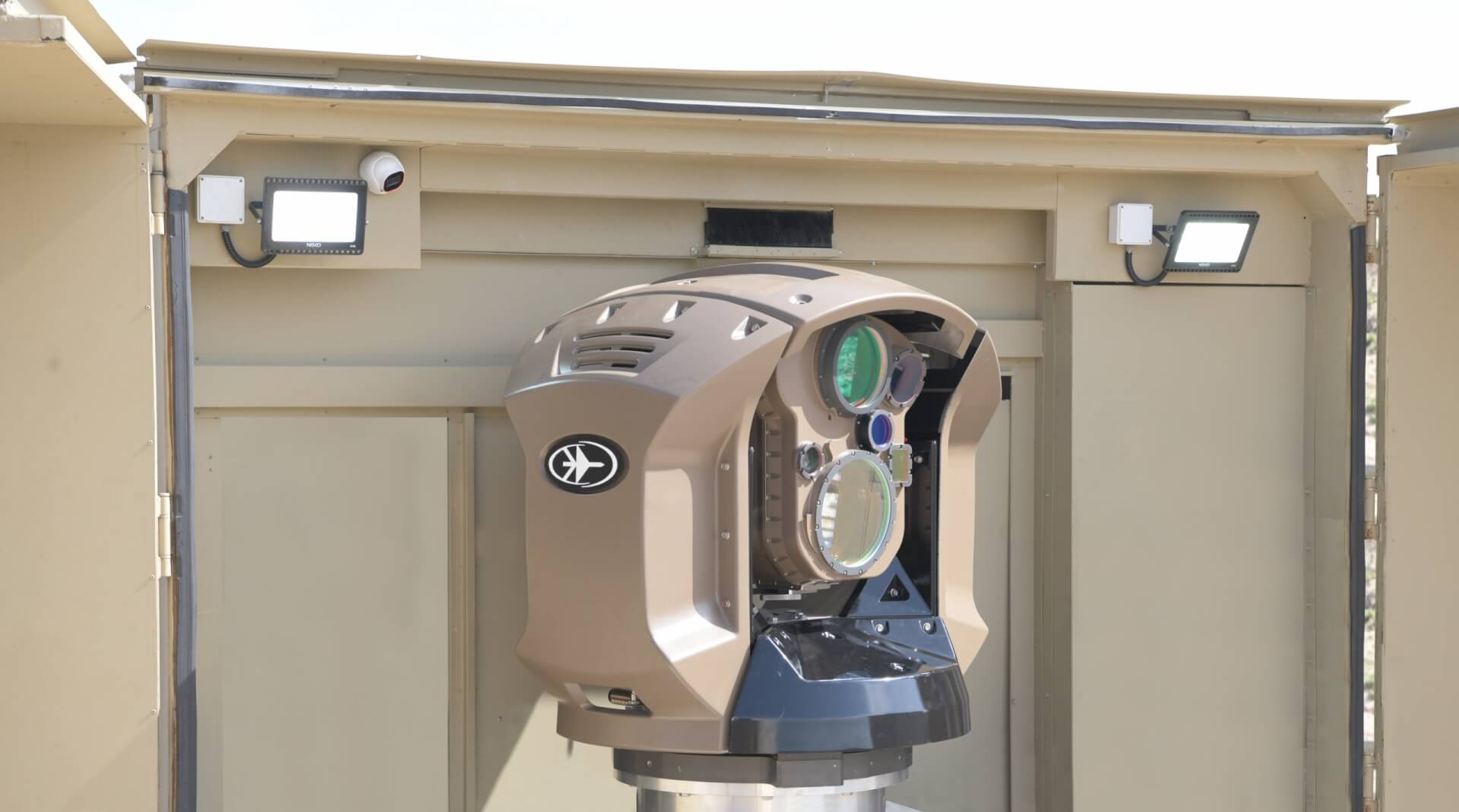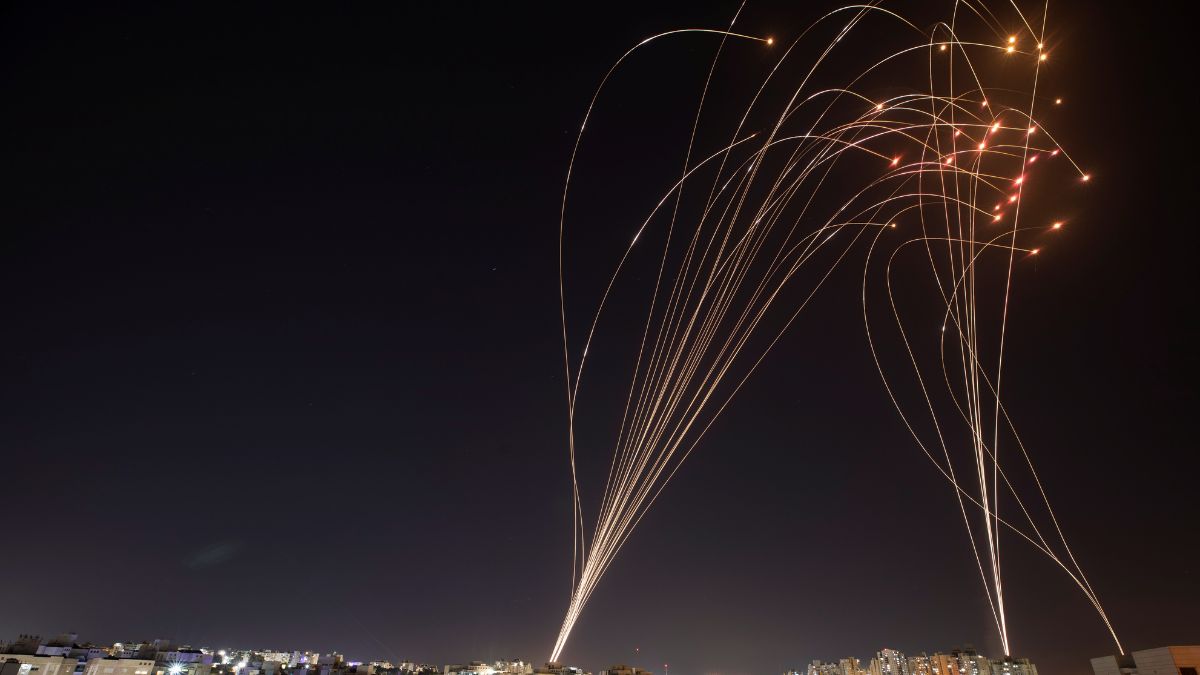- By Kamal Kumar
- Thu, 19 Oct 2023 08:39 PM (IST)
- Source:JND
Israel-Hamas War: As the war in the Middle East entered day 13 on Thursday, many unverified videos surfaced over social media depicting the testing of Israel's advanced laser-based missile defence system, known as Iron Beam. Reports from various media outlets also suggested that Israel might use this sophisticated war machine sooner than later to avert the deadly rocket attacks from Hamas and Hezbollah, a Lebanese Shia Islamist political party and militant group.
(The Iron Beam, technology demonstrator setup at Rafael’s test site in the Southern Negev. Photo Credit: IMOD)
Following the October 7 attack by Hamas, Israel, heavily reliant on the Iron Dome defence system against rocket attacks, faces concerns over decreasing interceptor missile stockpiles. To address this, Israel is reportedly testing its latest laser-based missile defence system.
Everything you need to know about the Iron Beam:
Iron Beam, also known as Magen -meaning 'Light Shield' in Hebrew- is the only system of its kind in the world. Developed by Israeli defence contractor Rafael Advanced Defense Systems, Iron Beam was first unveiled in 2014.
(The Iron Dome missile system intercepts rockets from Hamas over the Israeli sky.) (Credit: Reuters)
This system is designed with a range of up to 7 km, considering threats such as short-range rockets, mortar bombs, drones and Unmanned Aerial Vehicles (UAVs). The original idea behind its creation was to complement Israel's highly famous Iron Dome missile defence system which can destroy rockets and missiles fired from long distances. The induction of Iron Beam will be the sixth addition to Israel's comprehensive air protection system in addition to Arrow 2, Arrow 3, David's Sling and Iron Dome.
Also Read: What Is Jericho Missile, The Much Talked-About 'Doomsday' Nuclear Weapon Of Israel | Explained
Technical Details:
IRON BEAM, a High Energy Laser Weapon System (HELWS) with a 100kW class, acts as a directed weapon. Tailored to intercept various threats like RAM and UAVs, IRON BEAM operates within distances ranging from a few hundred meters to several kilometres. It offers versatility by being integrable across various platforms and can serve as a complementary High Energy Laser (HEL) interceptor within a multi-layer defence configuration.
Features:
It utilises a fibre laser to generate a beam that destroys the target. The vehicle platform mounted with surveillance systems, intercepts the coming air-borne threat and on its cue, the beam engages with the threat.1697707444034.jpg)
(Testing of Iron Beam. Credit: Israeli Ministry of Defence)
Employing a directed energy weapon presents several advantages compared to traditional missile interceptors, including reduced per-shot expenses, an unlimited capacity for firings, decreased operational costs, and minimised manpower requirements. Additionally, the absence of debris from intercepted threats eliminates the risk of falling debris in the protected area. The cost of each interception is negligible, at approximately USD 2,000 per shot, covering all expenses, in contrast to the considerably higher costs of USD 100,000 to USD 150,000 per interceptor firing with conventional missile interceptors.
The Future of Iron Beam:
In the initial phases of development, reports suggested 'tens of kilowatts' of energy of total beams, however with subsequent developments, a report by the Israeli Ministry of Defence in 2023 increased the energy levels up to 100 kilowatts. Plans unveiled by IMOD aim to produce a system which utilises solid-state lasers that can produce a power output of up to 300 kW. According to the website of Rafael Advanced Defense Systems, a naval version of the Iron Beam was also successfully tested just before the Israel-Hamas war in May 2023, which was designed to protect vessels against drone swarms and anti-ship missiles.

